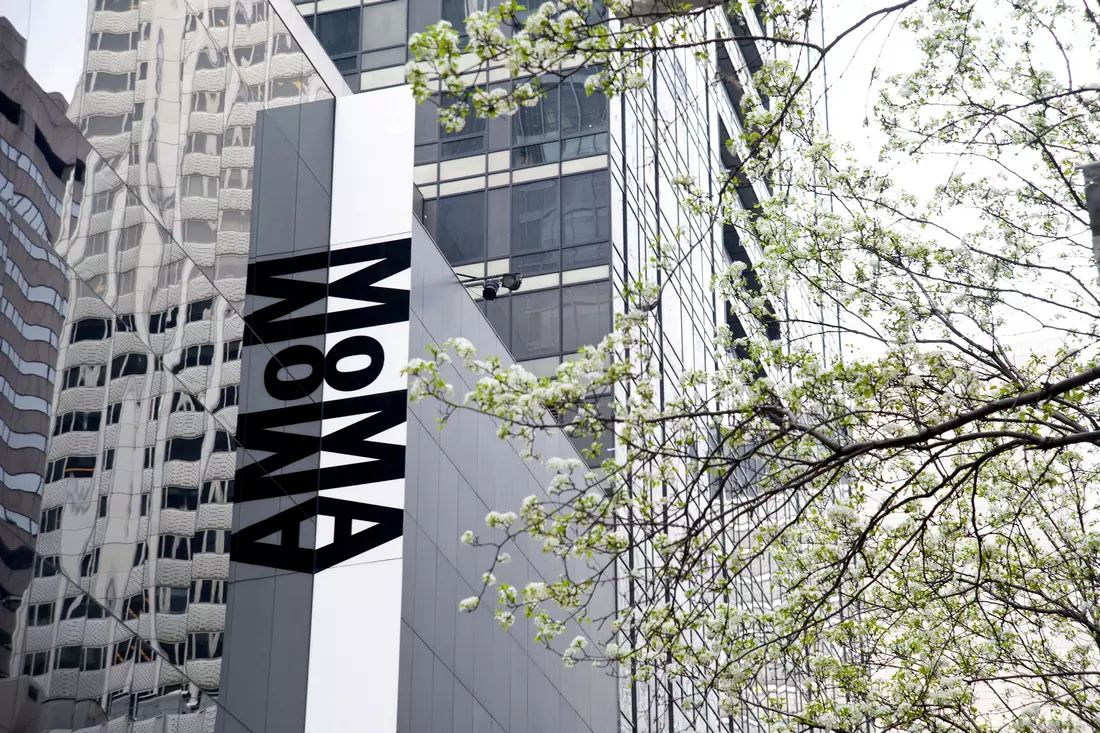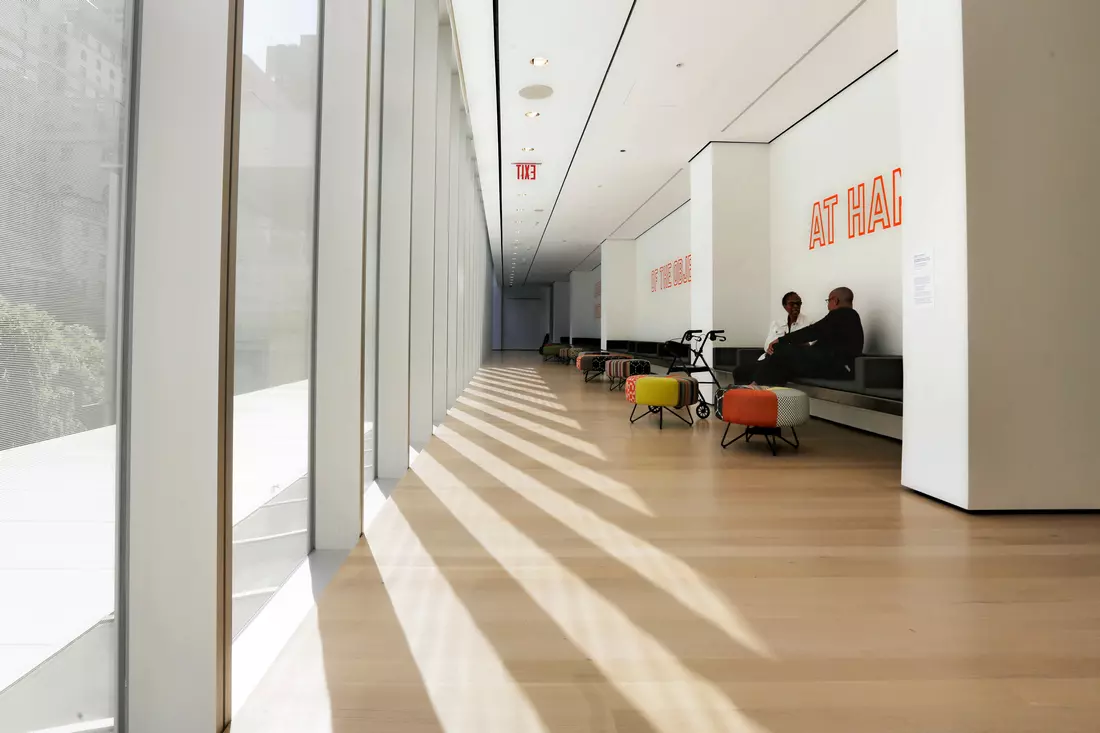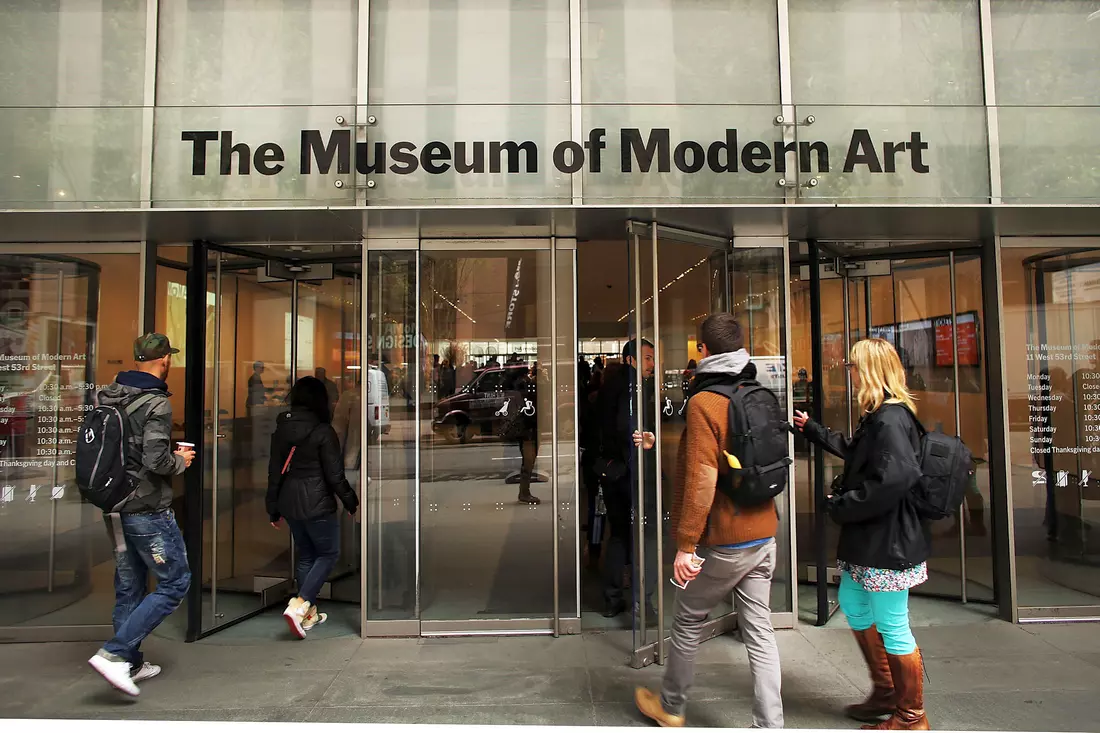History of creation
The Museum of Modern Art in New York is an absolute must-see, and it’s arguably the only contemporary art museum in the world where you are guaranteed to understand and be moved by the artworks. Why do we cherish MoMA so much, and why would it be a crime not to visit it at least once in a lifetime?
In 1929, art historian Alfred Barr purchased nine engravings by contemporary artists — all he could afford at the time, and he had nowhere to display them. For a long time, Barr encouraged wealthy individuals to buy paintings and sculptures from contemporary artists, but this often led to problems: some didn’t understand the value and mishandled the works, while others simply bought nonsense.
Faced with these challenges, Barr proposed a deal to the Rockefeller family: they would provide the funding and premises, and Barr would curate a unique collection of modern art. Just six months later, six office rooms in the Heckscher Building were allocated for the future museum, which already boasted a collection of a hundred works.
As public interest grew, the fledgling Museum of Modern Art moved to its own building on 53rd Street, never imagining it would become just a small part of an expansive museum complex.

The Current State of the Museum
Today, MoMA's collection includes over 150,000 items: paintings, sculptures, installations, scripts, and other art objects. The museum's library features about 300,000 books. Additionally, the museum owns a staggering 200,000 films. Naturally, such extensive collections require substantial space.
The modern main building of the Museum of Modern Art was constructed in 1939. In the 1950s, architect Philip Johnson undertook its reconstruction, transforming it into a modern "international" facility. However, this expansion was not enough. By 1980, the museum's space had nearly increased tenfold.

Exposure Basis
The Museum of Modern Art is renowned not only for its dedication to contemporary art but also for its appreciation of unconventional masters from the past. Today, its permanent collection features works now considered classic, yet revolutionary at their time.
For instance, Picasso's "Les Demoiselles d'Avignon," heralded as the first cubist painting, and Vincent van Gogh's beloved "Starry Night." The collection also includes Monet's "Water Lilies," Matisse's "Dance," and Dalí's "The Persistence of Memory." These masterpieces coexist seamlessly with Rousseau's primitivism, the abstraction of Malevich and Mondrian, and pop art by Roy Lichtenstein and Andy Warhol.
One could say that the foundation of the museum lies in works that turn the world on its head. It doesn't matter which period is considered "contemporary"—what matters is that the ideas embodied in the artwork have a profound impact on the here and now. In this respect, MoMA arguably boasts one of the strongest collections worldwide.

MoMA hosts a multitude of temporary exhibitions, performances, film screenings, and plays. It functions like a living organism, responding to the changing currents of time and gathering the best examples of creativity within its walls.
Conflict with the Metropolitan
In 1947, the management of MoMA and the Metropolitan Museum of Art signed an agreement to transfer "outdated" works, meaning MoMA would pass on artworks to the Metropolitan as they transitioned from contemporary to classical. This was intended to benefit both sides — MoMA was facing a severe space shortage for displaying art, while the Metropolitan was eager to acquire new pieces.
However, six years into this partnership, the Museum of Modern Art abruptly terminated the agreement. The cause was a loss of visitors and negative reviews — people cherished MoMA for its unique identity and the blend of established and emerging artists. Once recognized masterpieces began to disappear from the display, the museum was criticized for shortsightedness and narrow-mindedness. Naturally, the Metropolitan did not appreciate this decision. For a long time after this incident, staff from the two museums were strictly prohibited from interacting with each other.
Annually, the Museum of Modern Art in New York is visited by around 3 million people. Such a crowd can't be wrong — it's truly worth it.

Additional Information
If you want to join them, American Butler will take care of your comfort and the purity of your experience — submit a request on our website, and we will select the best tours and activities in the states for you.





























